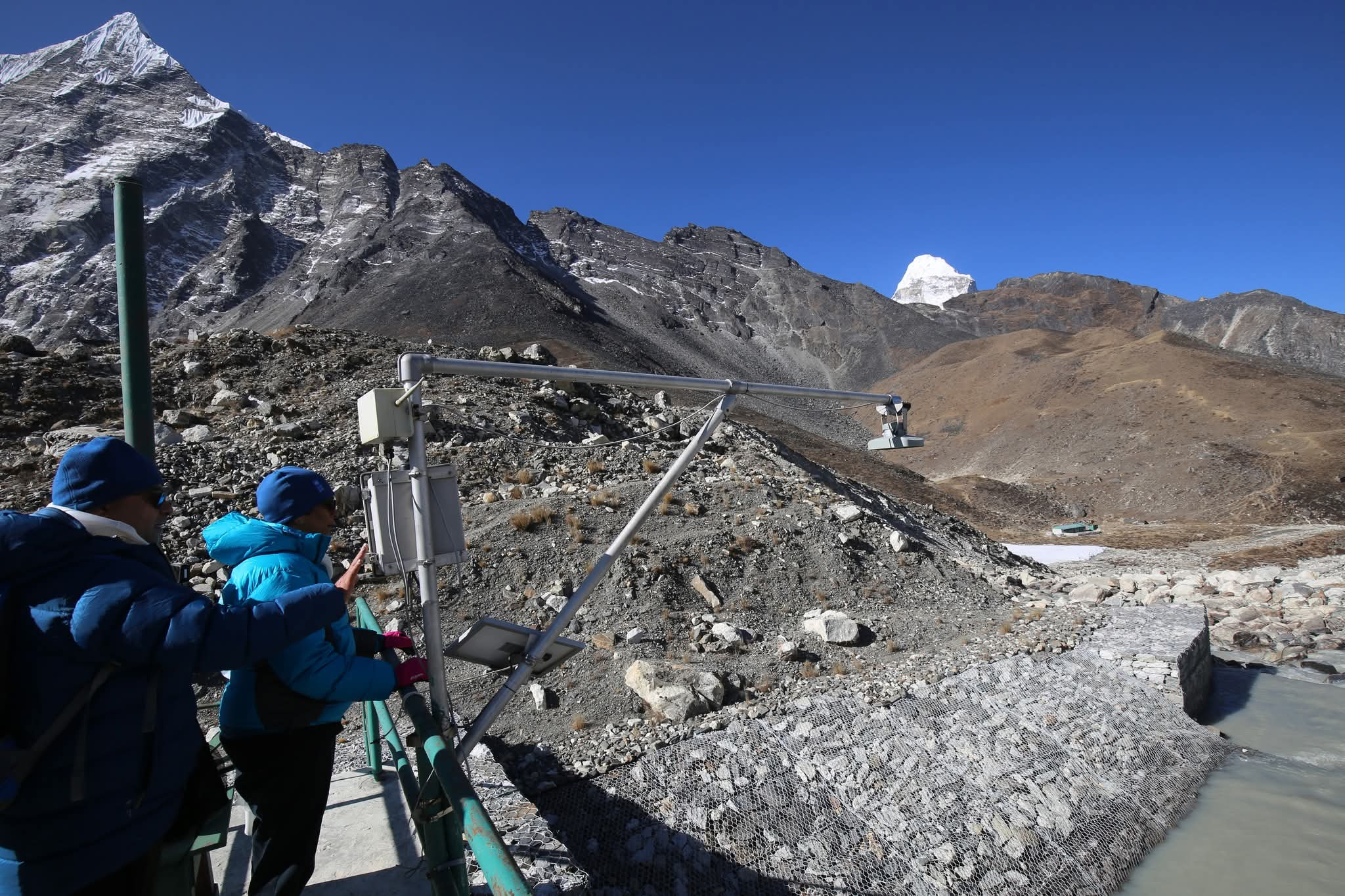Kathmandu, July 2, 2025
In a landmark achievement for climate resilience, Nepal has secured USD 36.1 million from the Green Climate Fund (GCF) to implement a transformative seven-year project aimed at protecting mountain communities from the escalating threat of Glacial Lake Outburst Floods (GLOFs). With an additional USD 14 million in co-financing, the total investment of USD 50 million is one of the most significant climate adaptation programs for the Himalayas to date.
Led by Nepal’s Department of Hydrology and Meteorology (DHM) in close partnership with the United Nations Development Programme (UNDP), the initiative will focus on safeguarding over 2.2 million people residing in the highly vulnerable Koshi and Gandaki river basins, which are increasingly exposed to GLOF risks due to the accelerated melting of glaciers driven by rising temperatures.
Building on Nepal’s globally recognized success in lowering the water level of Imja Glacial Lake by 3.4 meters—a critical intervention that averted a major disaster—the new program will extend and scale up such efforts across other high-risk sites in the Himalayas.
Key components of the initiative include:
🔵 Reducing water levels in four high-risk glacial lakes through controlled drainage to mitigate the risk of sudden outbursts
📡 Expanding early warning systems to improve forecasting, communication, and community response
🌱 Implementing nature-based solutions, including the planting of over 150 hectares of trees to stabilize riverbanks and prevent erosion
🛡️ Enhancing disaster preparedness and building the long-term climate resilience of vulnerable communities
“This is a visionary step forward in climate adaptation,” said a spokesperson from the Ministry of Forests and Environment. “It represents not only a scientific and technical intervention but a moral commitment to protect lives and ecosystems in one of the world’s most climate-vulnerable regions.”
As the Himalayas continue to warm at nearly twice the global average, the project represents a timely and strategic response. Experts warn that without decisive action, the risk posed by expanding glacial lakes could have devastating consequences across South Asia.
Nepal’s leadership in mobilizing international climate finance, implementing ground-level solutions, and fostering regional cooperation has positioned the country as a model for high-altitude climate action. The support from GCF reflects growing global solidarity for nations on the frontline of climate change.
The project is expected to begin later this year and run through 2032, aligning with Nepal’s national adaptation priorities and the global Sustainable Development Goals (SDGs).